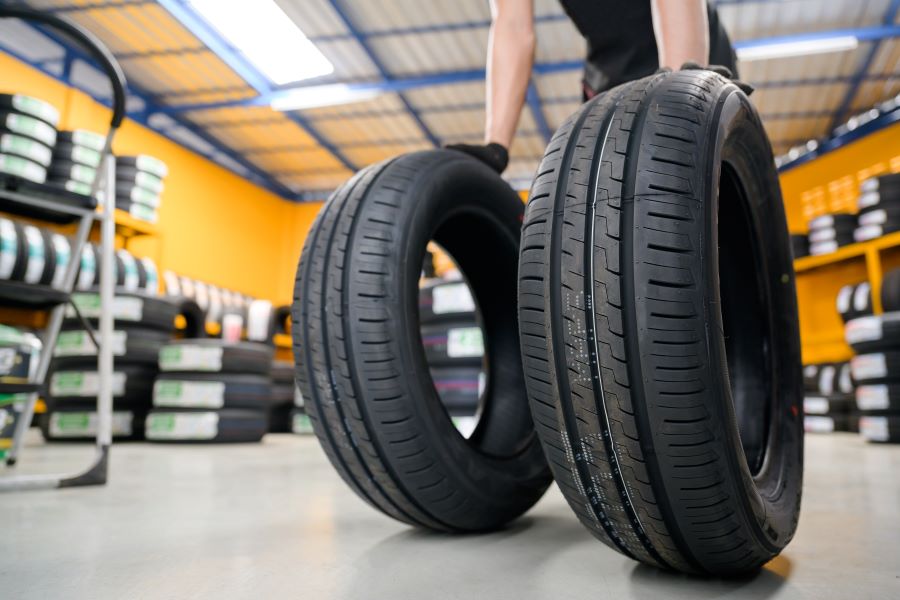Comparing Repair Networks and Approved Service Centers
Choosing where to have warranty-covered work performed affects how a claim is handled, what repairs are allowed, and whether you can seek reimbursement. This article compares repair networks and approved service centers, outlining differences in coverage, deductible expectations, claim processes, exclusions, maintenance requirements, transferability, inspections, providers, service expectations, reimbursement, and contract terms to help you evaluate options objectively.

Choosing where to have warranty-covered repairs performed can change the experience of filing claims, the speed of service, and whether a repair will be honored under contract terms. Repair networks and approved service centers are common arrangements for car warranties, but they operate differently: repair networks are often groups of pre-approved shops with negotiated rates and standards, while approved service centers typically refer to manufacturer or warranty-provider affiliates authorized to perform covered work. Understanding how coverage, deductible obligations, and exclusions interact with diagnostics, inspections, and maintenance requirements will help vehicle owners make informed decisions.
What does coverage include and exclude?
Coverage language defines which components and failures are eligible for repair under your contract. Approved service centers often follow manufacturer repair procedures and parts guidelines, which can affect coverage scope for specific components. Repair networks may allow a wider range of independent shops to perform covered repairs, but each network’s contract will list exclusions and conditions such as wear-and-tear items, pre-existing issues, or failures due to lack of maintenance. Read contract clauses carefully to confirm whether routine maintenance, inspections, or preventive service are prerequisites for coverage.
How do deductibles and reimbursement work?
Deductible obligations differ by provider and contract. Some warranties require a per-visit deductible regardless of whether you use a network shop or an approved center; others waive or reduce deductibles when using an in-network facility. Reimbursement policies also vary: if you pay out-of-pocket at a non-authorized shop, the warranty administrator may reimburse you at a capped rate or deny reimbursement if the shop isn’t approved. Keep documentation of receipts, repair invoices, and inspection reports to support any claims for reimbursement under your contract.
What is the claims process and required inspections?
Claims processes typically begin with a diagnostic and an authorization step. Approved service centers often have direct lines to warranty administrators, streamlining authorization and reducing the need for inspections. Repair networks usually require participating shops to follow an authorization workflow and provide detailed diagnostic reports. Some contracts mandate pre-repair inspections or post-repair verification, especially for high-value components. Failure to obtain required inspections or follow the prescribed claims process may lead to denied claims under exclusions in the contract.
How are repairs, parts, and maintenance handled?
Approved centers commonly use OEM parts and follow factory repair procedures, which can align with contract terms that specify OEM installation for coverage. Repair networks may allow aftermarket parts depending on the provider’s standards; aftermarket parts can be acceptable if the network or contract permits them and if they meet quality criteria. Maintenance history matters: regular scheduled maintenance documented in service records is often a condition for honoring claims. Contractors will review maintenance records to determine if a failure resulted from neglect, which can trigger exclusions.
What about transferability and contract terms?
Transferability affects resale value and who can use warranty benefits. Manufacturer-authorized approved service centers often support warranties that are transferable when a vehicle is sold, provided the contract permits it and service history is complete. Third-party repair networks vary: some administrators allow transferability but may require a transfer fee or an inspection before approving the new owner. Always check contract language for transferability, required inspections, and whether specific providers must perform ongoing service to preserve coverage.
| Provider Name | Services Offered | Key Features/Benefits |
|---|---|---|
| Manufacturer Dealer Service Centers | Warranty diagnostics, OEM repairs, recall handling | Direct access to factory procedures and OEM parts; streamlined claims with manufacturers |
| Independent ASE-Certified Repair Shops | General repairs, diagnostics, scheduled maintenance | Industry-standard certifications; flexibility in scheduling |
| Midas (national chain) | Exhaust, brakes, general repairs, maintenance | Nationwide locations with standardized service protocols |
| Pep Boys (national chain) | Repairs, parts, maintenance, tire services | Large footprint and parts availability; standardized processes |
| Endurance (warranty administrator) | Extended warranties, claims administration, network coordination | Manages repair approvals and networks; multiple partner shops |
How to evaluate providers and service expectations
When choosing between repair networks and approved service centers, inspect contract language for service expectations and exclusions. Consider whether the provider requires pre-authorization, whether inspections are mandatory for certain claims, and how reimbursement is handled if you choose an out-of-network provider. Gauge provider responsiveness and documentation practices, since clear invoices and diagnostic reports facilitate smoother claims handling. Balance convenience, parts preferences (OEM vs aftermarket), and the potential impact on claim adjudication.
Conclusion
Repair networks and approved service centers each offer distinct trade-offs: networks can provide flexibility and varied locations, while approved centers frequently align closely with manufacturer standards and OEM procedures. Coverage scope, deductible arrangements, claims workflows, required inspections, maintenance history, transferability, and contract exclusions all influence which option will work better for a specific vehicle or owner. Carefully review the contract language and documentation requirements to ensure that repairs, reimbursements, and future transfers meet your expectations and the terms of your warranty.






